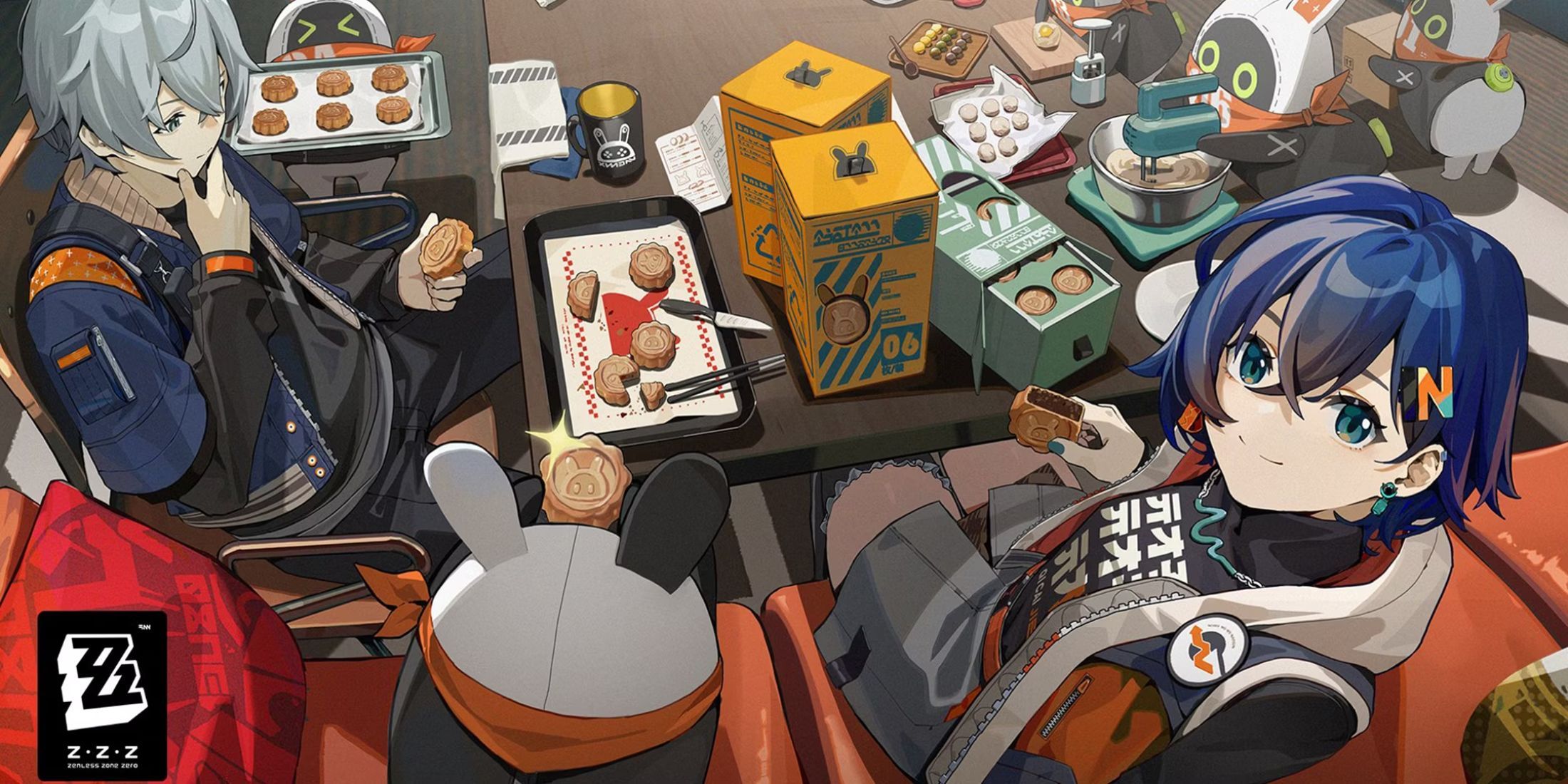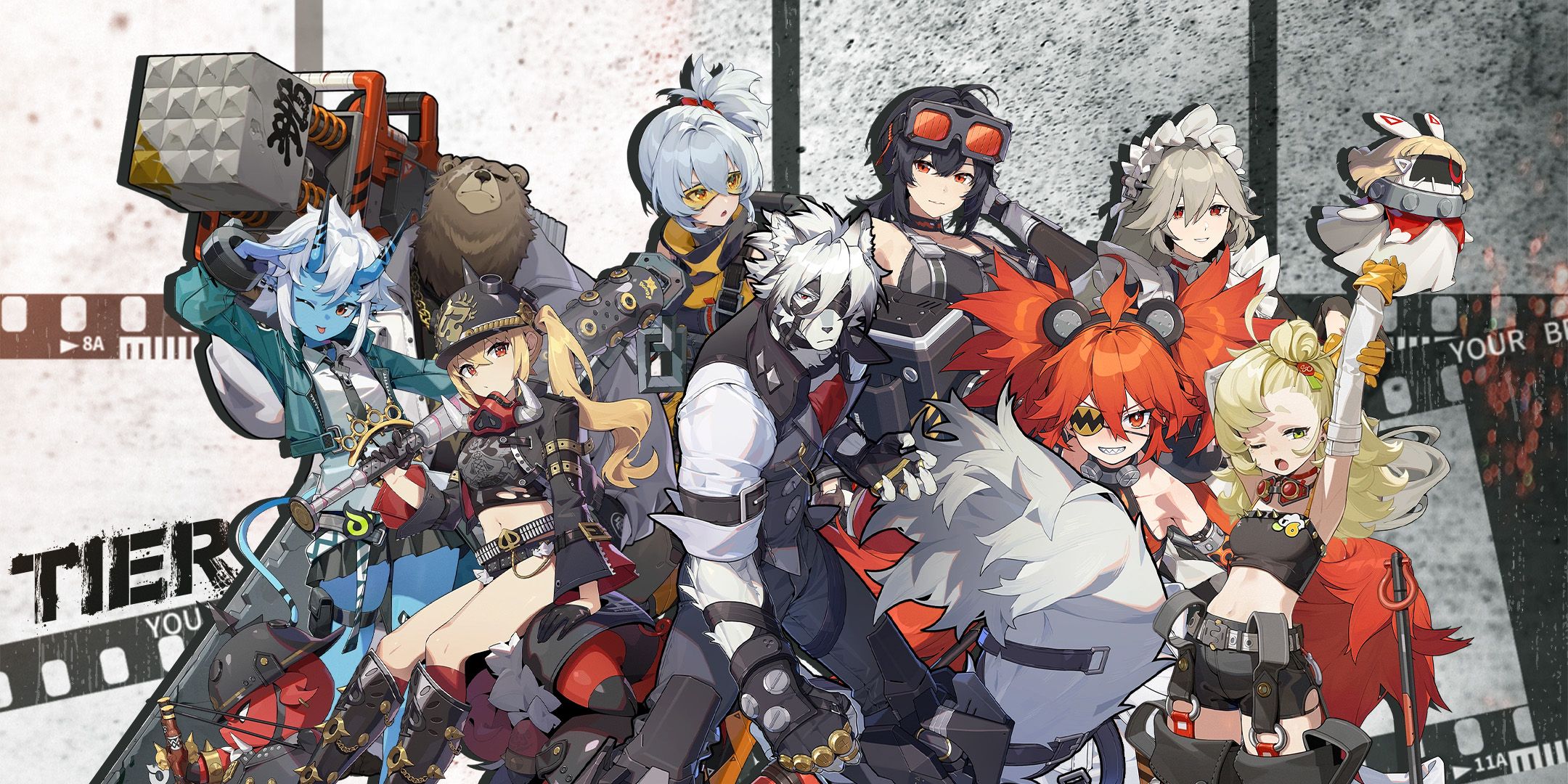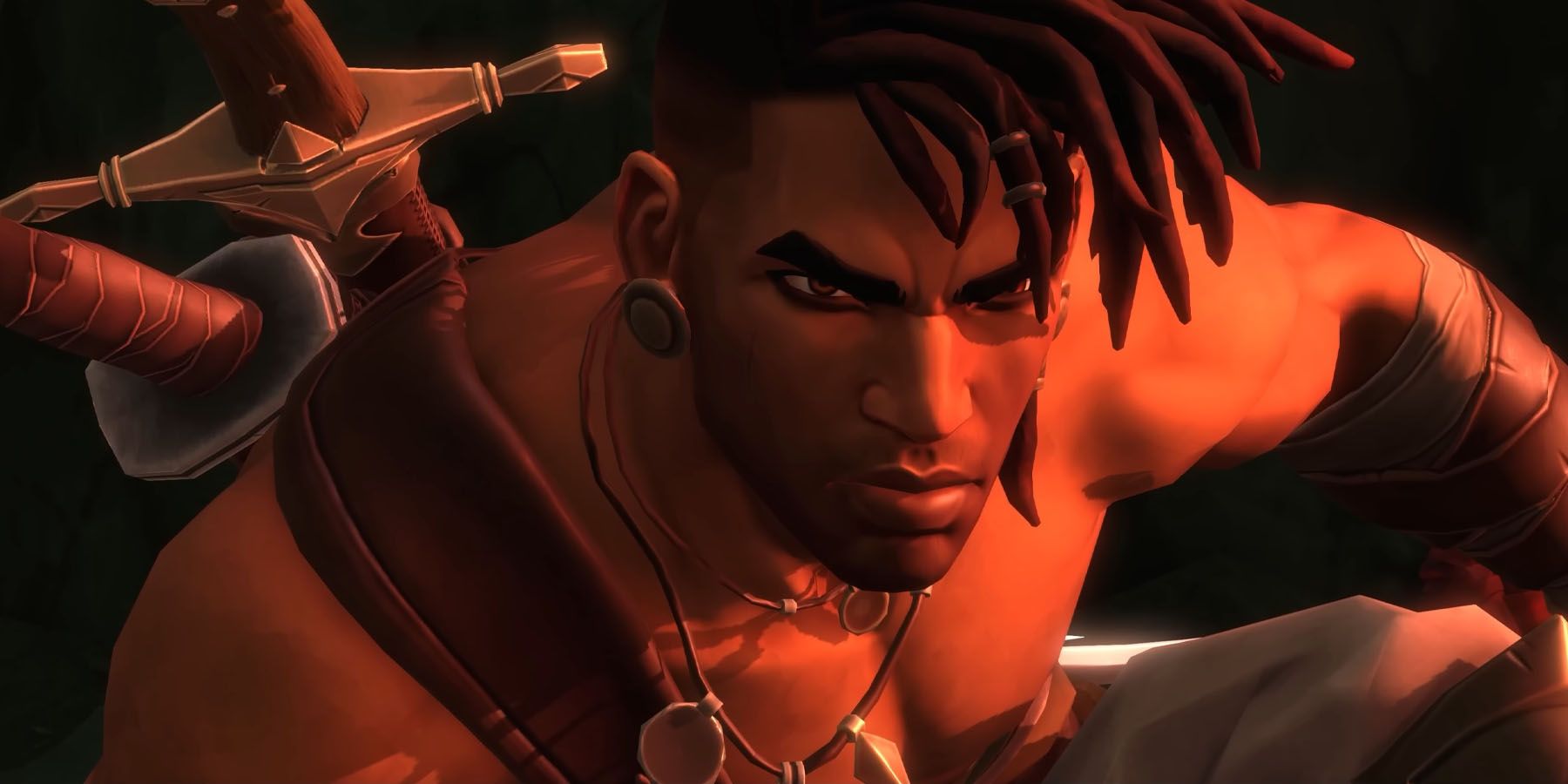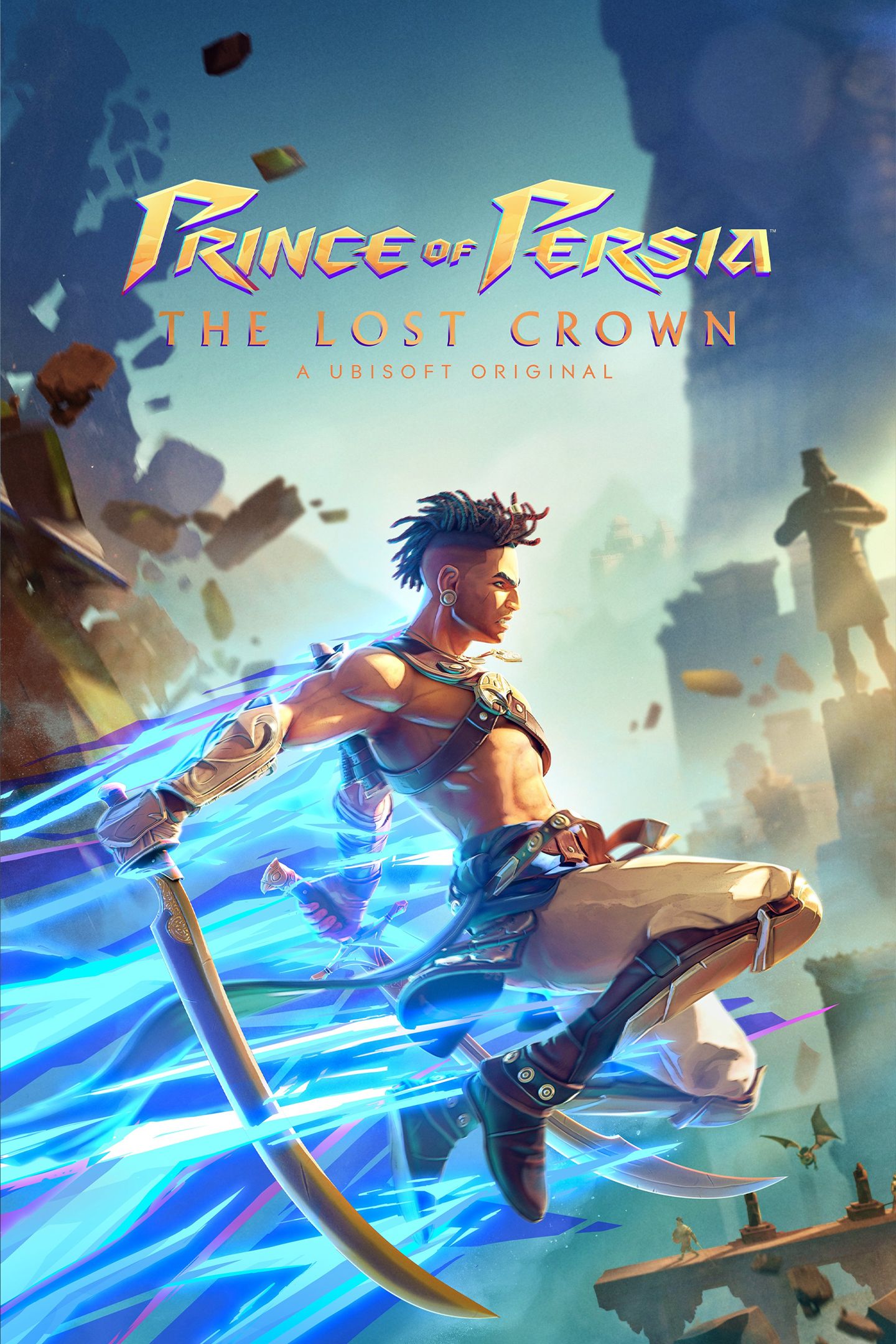Highlights
- Ubisoft's upcoming Prince of Persia: The Lost Crown introduces a useful accessibility feature for Metroidvania games - the ability to take screenshots and mark them on the player's map.
- The game's shift in direction from a 2D platformer to a 2.5D Metroidvania has divided fans, but many are excited about the fresh take on the franchise.
- Ubisoft Montpellier aimed to make the Metroidvania genre more accessible to newcomers by adding features like customizable gameplay and the ability to save screenshots for reference. Players have found this feature helpful and natural, pushing the boundaries of the genre.
In a new trailer for Ubisoft's upcoming Prince of Persia: The Lost Crown, a new accessibility feature that is incredibly useful for the Metroidvania genre - the ability to take screenshots of an area and mark it on a player's map - has been showcase. The Lost Crown is a title that revisits the franchise's origins as a 2D sidescrolling platformer, but with an emphasis on combat. The shift in direction also sees it changing genres, making it more of a 2.5D Metroidvania game, similar to Nintendo's Metroid Dread.
While some fans initially were against The Lost Crown's change in direction, many others defended the game and were rather excited about this fresh take on the long-running franchise. With The Lost Crown's new direction, Ubisoft Montpellier wanted to add a number of features that would make the genre accessible to newcomers, with Senior Ubisoft gameplay programmer Christophe de Labrouhe admitting that Metroidvania titles can be quite difficult. As such, the studio wanted to make the genre open to everyone, allowing players to customize how they experience the game.
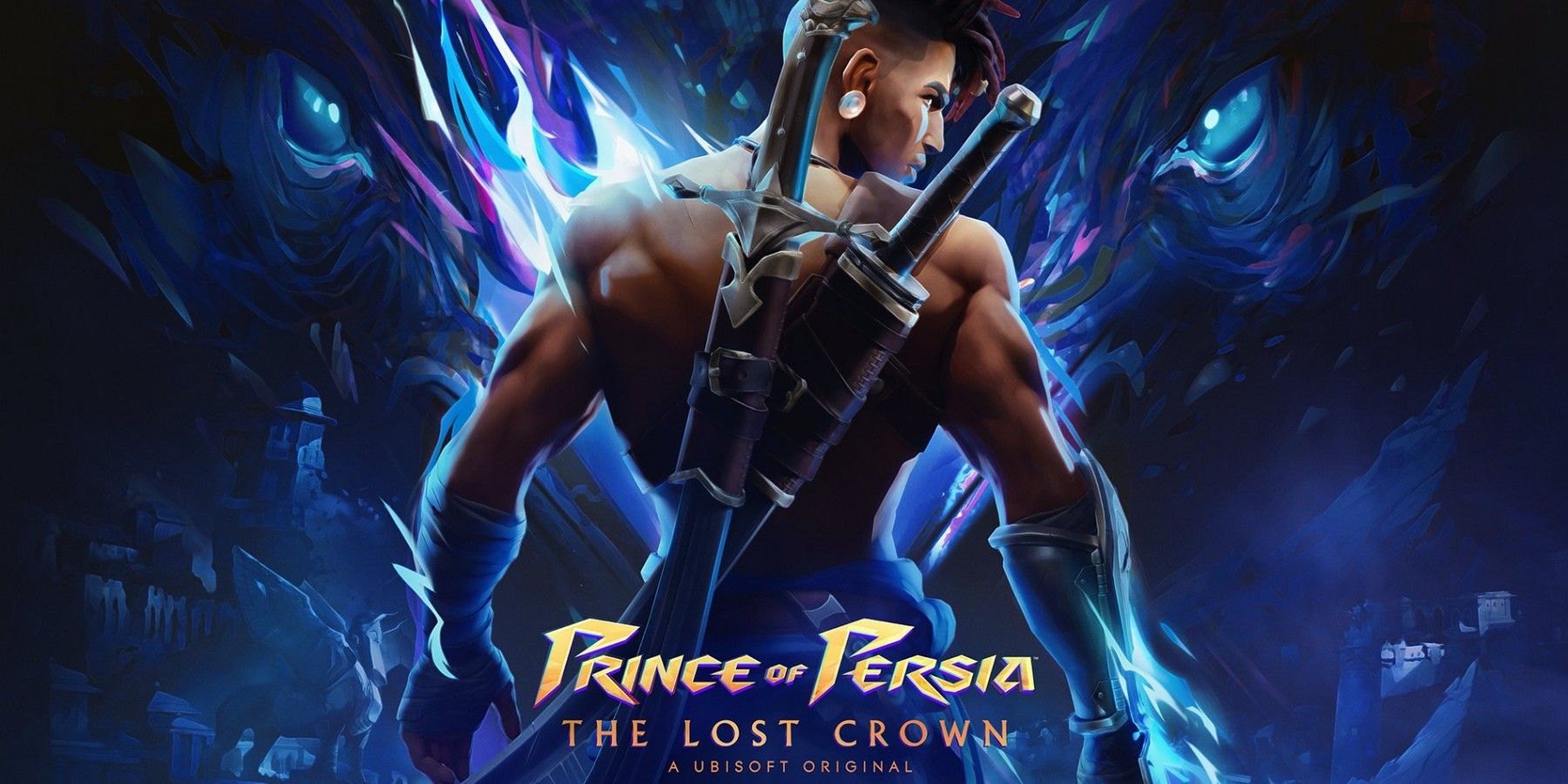
Prince of Persia: The Lost Crown - Minimum PC Requirements
Ahead of its launch, Ubisoft has revealed the minimum PC requirements for Prince of Persia: The Lost Crown.
One of the accessibility functions detailed in this trailer was the Memory Shards, which is based on a core aspect of the Metroidvania genre - the need to make mental notes of the world the player is exploring, as the games often require them to backtrack to a certain area once a certain tool or power-up is acquired. To help offset the cognitive load, players can put down a Memory Shard, which instantly saves a screenshot of the area they are in, and can access it at any time when looking at the map. This can allow a player to take a picture of an area they are stuck in and can come back to open once they find the thing they need.
Remi Boutin, the senior game designer of Prince of Persia: The Lost Crown, explains that with the game's multiplatform release and cloud save capabilities, Ubisoft had to make sure the screenshots taken could work on all platforms. Despite the technical challenge, Christophe de Labrouhe states that the studio did a lot of gameplay tests with this new feature, with the results showing that it was used often. "A lot of players said that it was helpful and that it seems natural," said Boutin, "I think it really pushes the boundaries for the genre, and I hope to see this feature in other games."
A lot of players said that it was helpful and that it seems natural. I think it really pushes the boundaries for the genre, and I hope to see this feature in other games.
A lot of these options were included based on feedback from Ubisoft's accessibility team and playtests from disabled gamers, which helped the developers iterate and improve on these accessibility features. Most of these settings will be available in a demo before The Lost Crown's launch, which will be available for download on January 11. Boutin hopes this demo can garner feedback to improve the game's accessibility settings even further.

